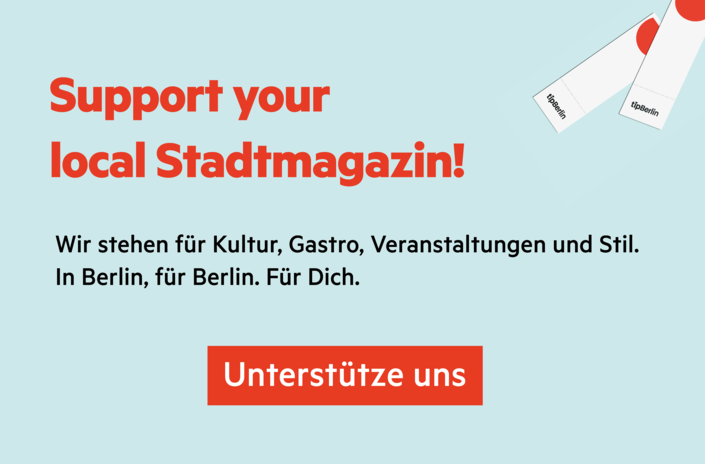How was life ‘over there’? The exhibition ‘Ost-Berlin. Die halbe Hauptstadt.’ (East Berlin. Half a capital) focuses on everyday culture in the GDR — and is the expression of a new, lively conversation about the former East.

Berlin loves its past, sometimes more than its present. And from all its pasts, it loves wild West Berlin the most, the resisting island in the middle of the depressing GDR, controlled by the SED (socialist unity party). The old West was glamour and dirt, it was KaDeWe and underground clubs, David Bowie walking down the streets of Schöneberg. But how did the people on the other side of the wall live? Ost-Berlin. Die halbe Hauptstadt approaches this question. The exhibition at Ephraim-Palais aims to show the social and cultural life of the former GDR capital through original artefacts, photographs, film and audio documents. Thirty years after the fall of the wall. And five years after the exhibition West:Berlin illuminated the West German part of the divided city.
Of course politics and repression will play a role in an exhibition on life in a surveillance society. But the focus of the collection is put on living and consumption, fashion and free time, culture and subculture from the 1960s until the Wende, literally the ‘turnaround’ of reunification.
More than a cabinet of curiosities
For many inhabitants, East Berlin was much more than a dictatorship, grey as the concrete housing blocks were. But for a long time, this perspective was, understandably, uncomfortable. After the Wende, furniture, architecture, and fashion from the East were seen as remnants of a dark era. Later, in the Noughties, the desire for rehabilitation broke through with an odd wave of ‘Ostalgie’, nostalgia for the East. In TV shows, the GDR became a cabinet of curiosities; a musty but cute country with little cars, the famous Trabi. Today, Germans look at the GDR in a more serious way.
There’s new interest in seeing the GDR and its residents not only as objects of study, but in the context of everyday life. At the Documentation Centre of Everyday Culture of the GDR in Eisenhüttenstadt, an exhibition on Bauhaus modernity is running until January 2020. And the Ost-Berlin exhibit is part of this development. „Today, we look at life in the East with more calmness, and a more differentiated view than just a few years ago“, Jürgen Danyel explains, historian and curator of this exhibition. The physical remnants of the GDR, for example Karl-Marx-Allee or the modernist buildings around Alexanderplatz are perceived differently and seen as beautiful and worth saving in their own way, he says.
Space for the everyday
Visitors to the exhibition are tourists of history: entering Ephraim-Palais, visitors face a big map of East Berlin. They have to orientate themselves before roaming through the everyday culture of the East. Some items in the exhibition were found at online exchanges or flea markets. Many seem unspectacular at first glance, like a bench that stood on Unter den Linden — but was built by the famous blacksmith Fritz Kühn.
A key object in the exhibition is an old, weathered rocket that stood in Plänterwald amusement park. On the one hand a symbol for the socialist belief in progress, on the other for the decline after the fall of the wall. In one room, the old East comes to life in moving pictures. Visitors can buy a ‘ticket’ for ‘20 Pfennig’ and experience a ride with the tram through former East Berlin. The film sequence from 1989 was filmed from the then-modern housing estates in the outskirts to Rosenthaler Platz.
Ideally, visitors should go out into the city after seeing the exhibition, and ask themselves what they remember, what they want to remember, and how much space East Berlin should have in the present. Free from Nostalgia. Because, as Danyel says: „This is not a wistful exhibition“.
Translated by Aida Baghernejad
[smbtoolbar]



